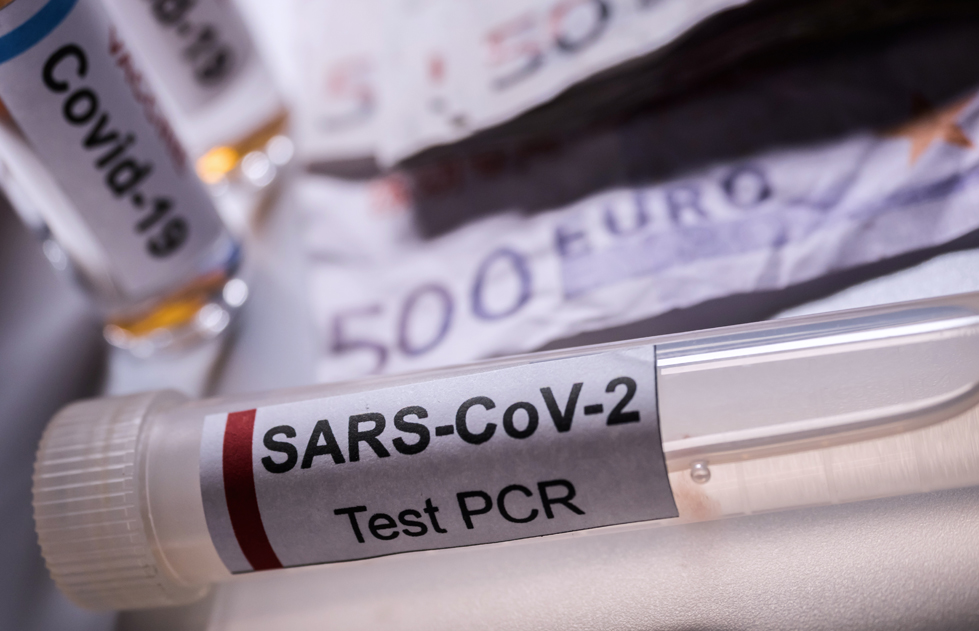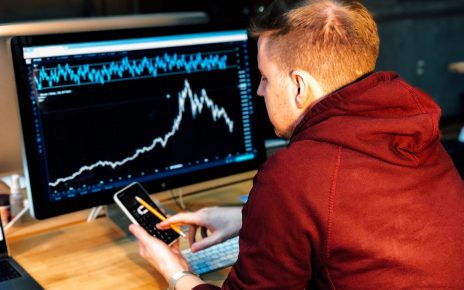Global options and futures trading increased by thirty-two per cent and set a record of 21.9 billion contracts within the very first half of 2020 as opposed to 2019, based on figures released by FIA.
The total amount of traded contracts in Q2 which was 10.46 billion, dipped by 8.4% from the record-breaking 11.4 billion contracts traded in Q1 2020 but was up by 21.8% in Q2 of 2019. In reality, the 2nd quarter volume was bigger compared to every other quarter in the story of the market apart from the very first quarter of 2020.
Open interest, which measures the number of great contracts at one point in time, didn’t monitor the modification in trading activities, nonetheless. Total open interest at the concluding part of June trading was 915 million contracts. This was a rise of 3.4% from June 2019.
There seemed to be a really big increase in turnover within the very first half of the year as market players acted in response to the effect of the pandemic on global financial activities. The general length of danger experienced by market participants increased just slightly though.
From an asset class viewpoint, the equity market contributed the greatest to the worldwide growth in trading activity. The trading volume of equity index futures and options volume rose by fifty-one per cent when compared with the very first quarter and second quarter of 2019, and trading of individual stock products rose by thirty-four per cent. Equity items accounted for fifty-nine per cent of the total amount in the very first half of 2020 and sixty-seven per cent of overall open interest at the close of the market in June.
Trading activities in interest rate futures and options rose by 200 per cent market players reduced their risk exposures. The entire amount of interest rate contracts traded during the very first half of 2020 was practically the same from a year ago, and open interest decreased by seventeen per cent.
Trading activity in many commodity markets rose by two digits. The non-precious metals group was different, with a volume fall of 3.4%.
Q3 2020 market growth
In quarter three, lots of big economies, like the US, are within the early cycle stage of recovery, but further policy support and covid-19 will likely impact how they’ll progress. Uncertainty surrounding the US election along with other policy questions suggests the possibility for increased market volatility. Just about all asset groups made positive earnings for Q3 as the worldwide recovery provided the market with an increase. Commodities and also riskier fixed-income categories, which include high yield bonds, made good profits amidst unusual financial support and continued financial progress.
Increasing central bank liquidity and continued improvement in economic reopening resulted in the price boost of riskier assets. Elevated uncertainty suggests the possibility of increased market volatility.
While the US forward P/E ratios continue to be greater, emerging-market and developed- future equity valuations have plummeted less than their long-lasting averages, giving a somewhat favourable long term backdrop for non-US stocks. In spite of the depreciation of the 2nd quarter in a row, the US dollar was still quite costly against most major currencies.
Q4 2020 market update
After a historically crash but short recession during the springtime, the majority of big world economies now are in early cycle recovery. China continues to be somewhat in front of other nations, globally, thanks mostly to its faster reopening. In the US and Europe, both business and consumer confidence got better, despite uneven progress, below normal activity levels, and also elevated COVID 19 cases.
October saw a sluggish, continual, upward pattern of growth after the market got a bite in September. However, it showed indications of recovery toward the month-end. Surely, the presidential campaign gathered interest and also impacted the entire economic system including the futures industry.
Going forward, in the long term, we think the long-standing global regime of investment-friendly and stable relatively policies, politics, and also regulation is nearing the tail end. We expect that significantly greater government intervention could inhibit corporate earnings, distort market indicators, and also cause increased political risk in funding choices throughout the globe.
Prospects for the last days of 2020

Investors will face exceptionally unstable market situations in the last weeks of 2020. Uncertainty is high at this time as the world waits for a COVID 19 vaccine & policymakers struggle to give help to where it’s most needed.
With financial momentum having slowed, investors probably will shift the focus of theirs to third-quarter yields for indicators regarding future market course – despite the fact that real earning figures could be much less valuable than what business executives say about their expectations. While there are some risks, particularly a possible resurgence in worldwide COVID 19 cases, there are reasons for optimism.
Experts expect things to get much better as we look even more into the future. Analysts forecast for all the markets and the economic system hinge on an important variable: when the COVID-19 vaccine would be rolled out.
The largest improvement to self-confidence would probably come from a successful coronavirus vaccine and accessible treatments for COVID 19. We’ve seen a selection of big pharmaceutical companies to make substantial progress. Though the timing associated with a commercial rollout of a vaccine plus what proportion of the public will decide to have it continues to remain open questions for investors.
We feel that selectivity is going to remain the key, nonetheless, and also we’ll do so using our extensive global research abilities and strategic investing strategy to seek opportunities.
Futures markets are leveraging on increased volatility for the last part of 2020, as anxiety might be heightened by slow vote counting and possible legal disputes. Analysts, nonetheless, think the trajectory of COVID 19 over the following six weeks has a bigger effect on businesses than will the November elections.


